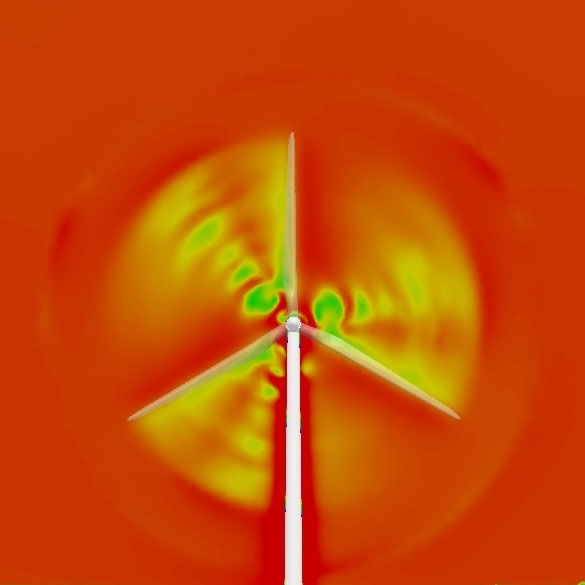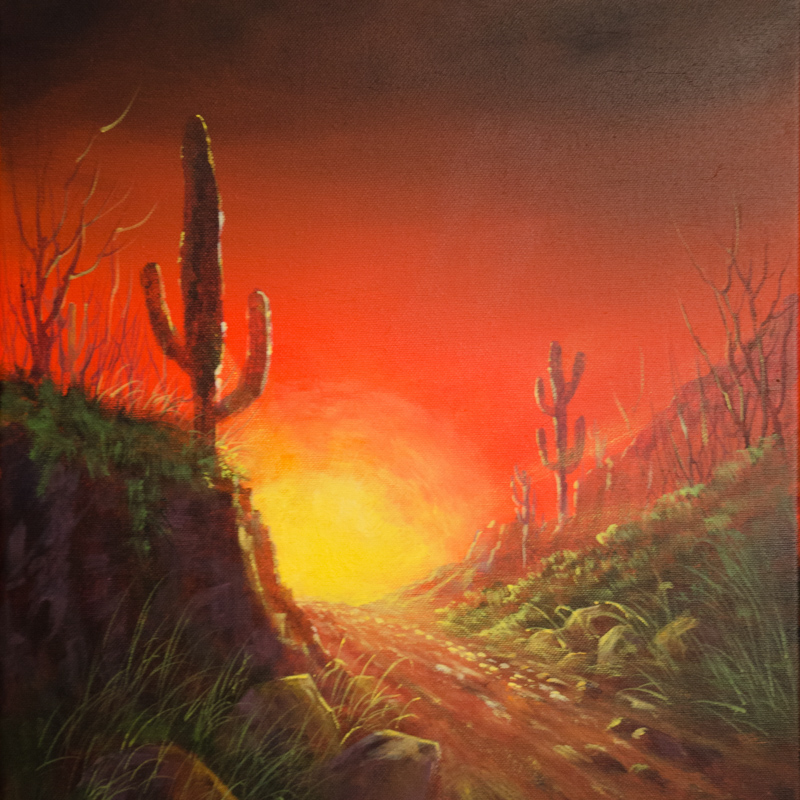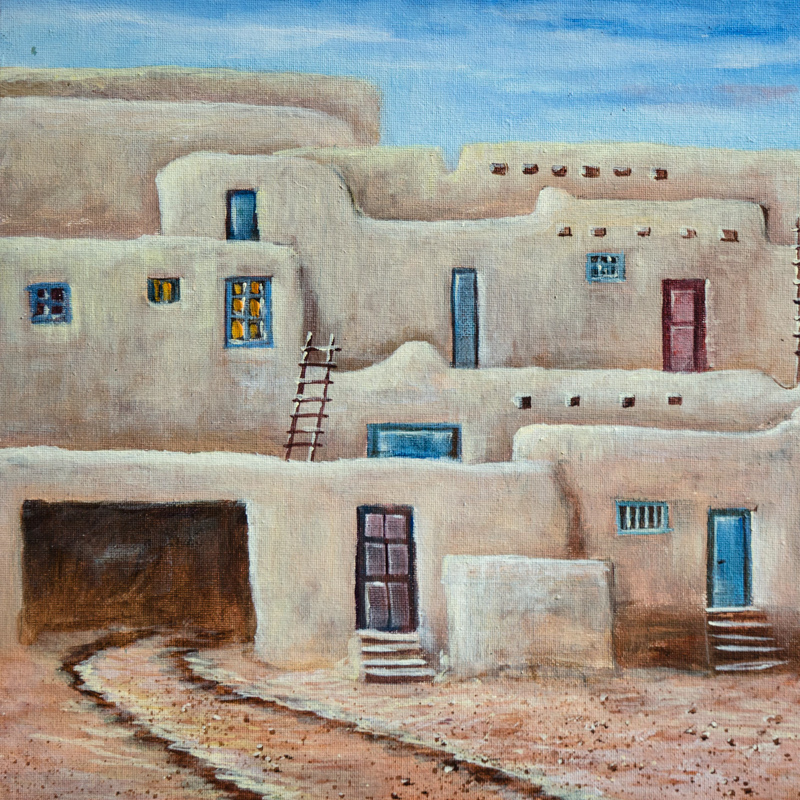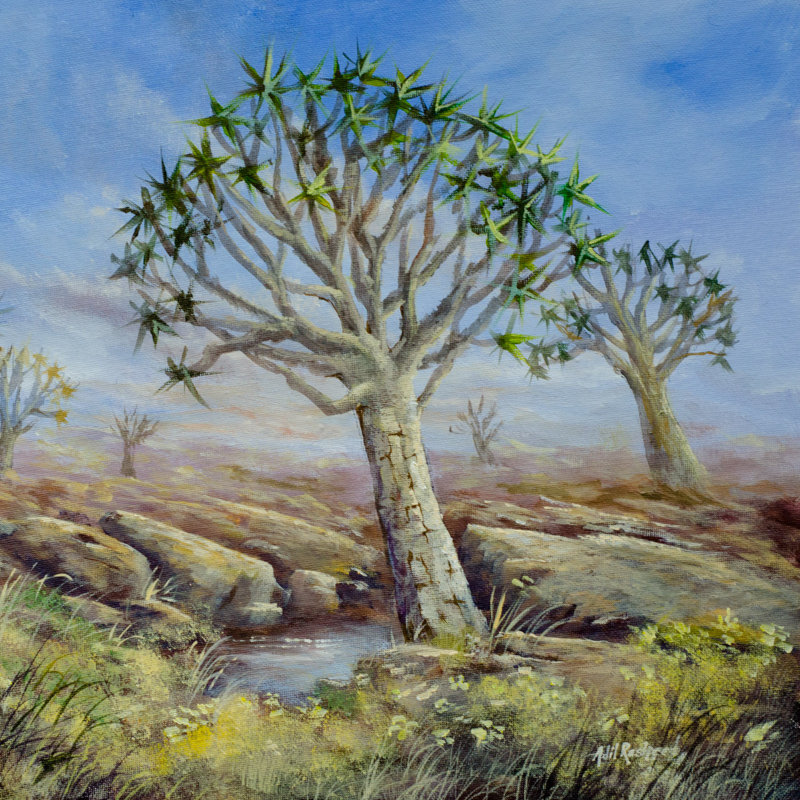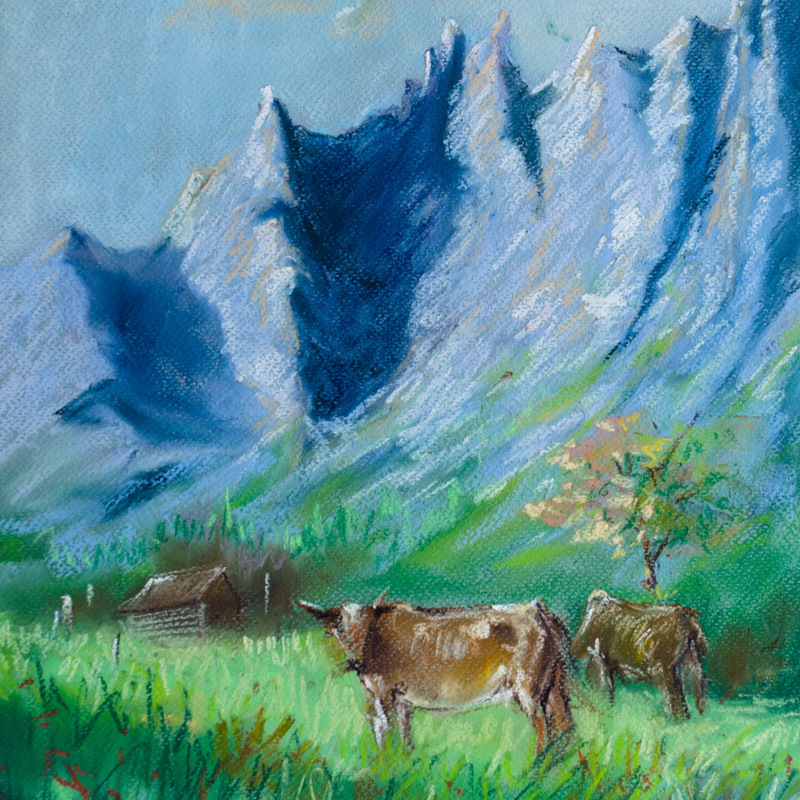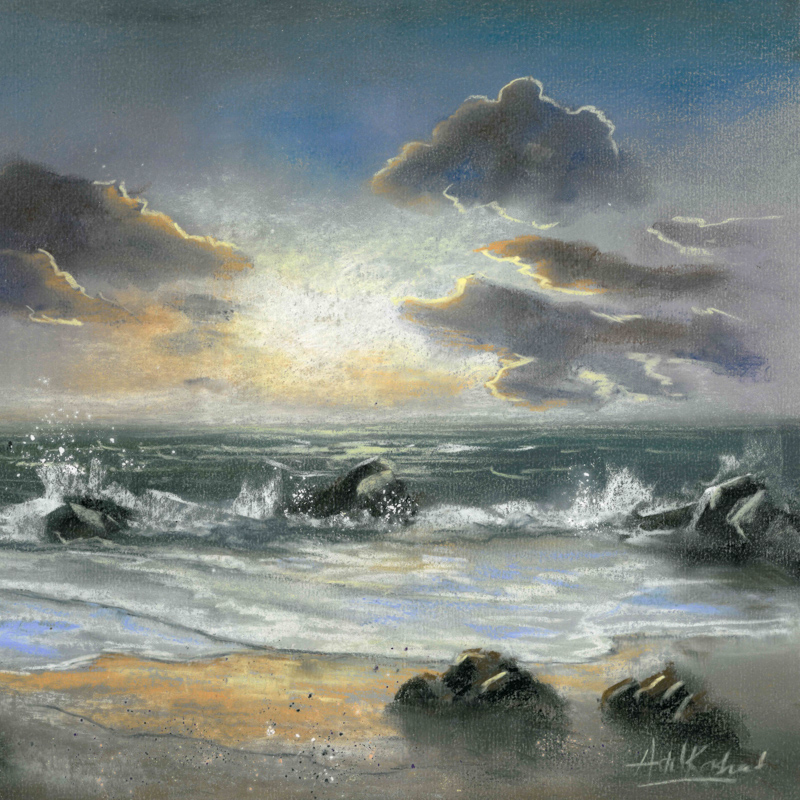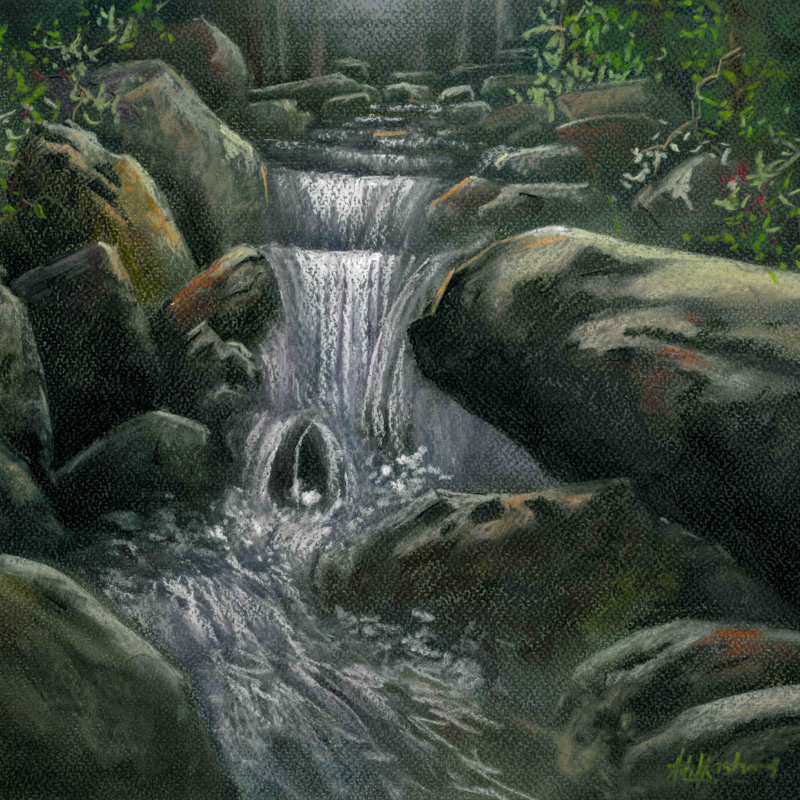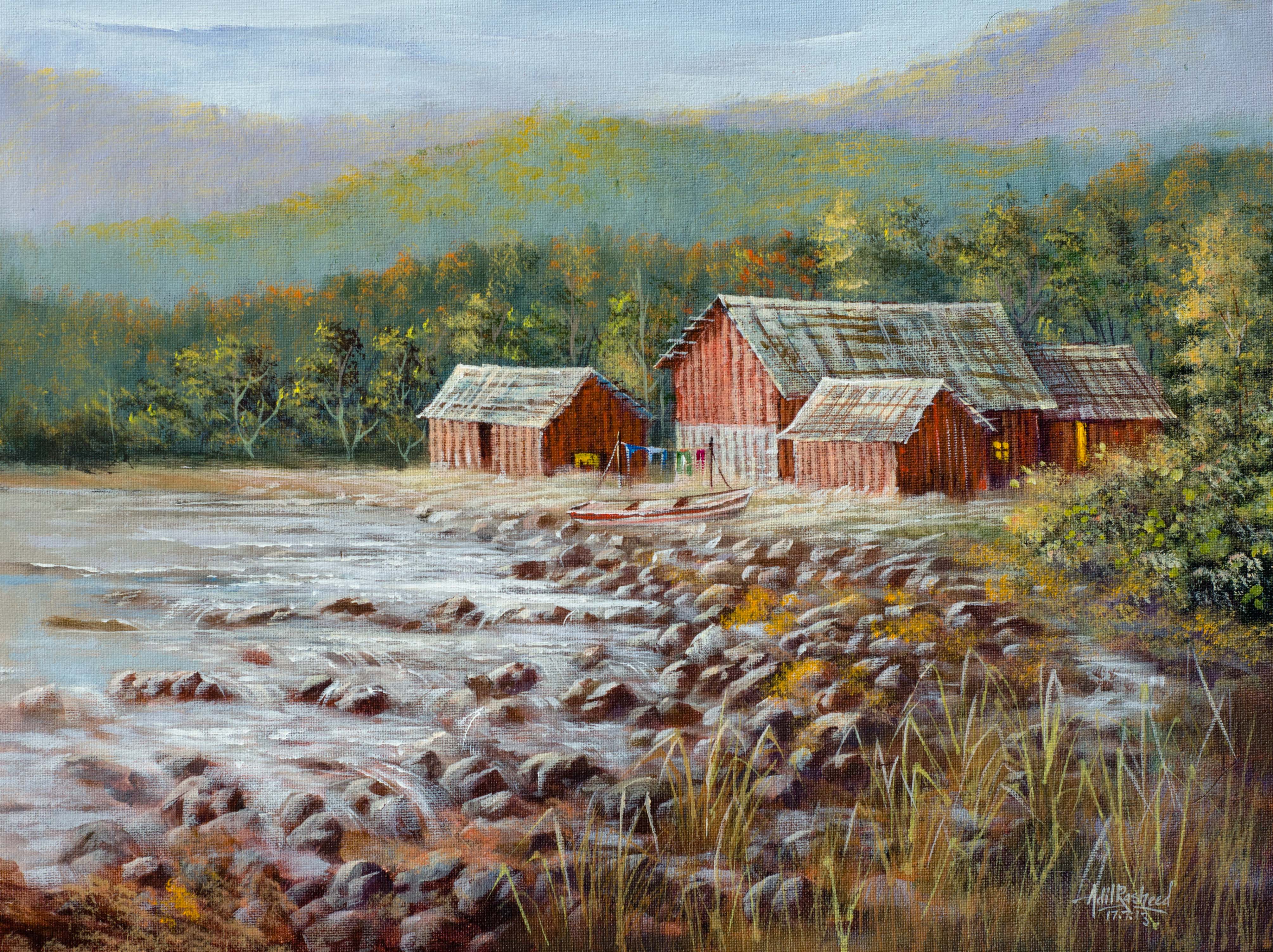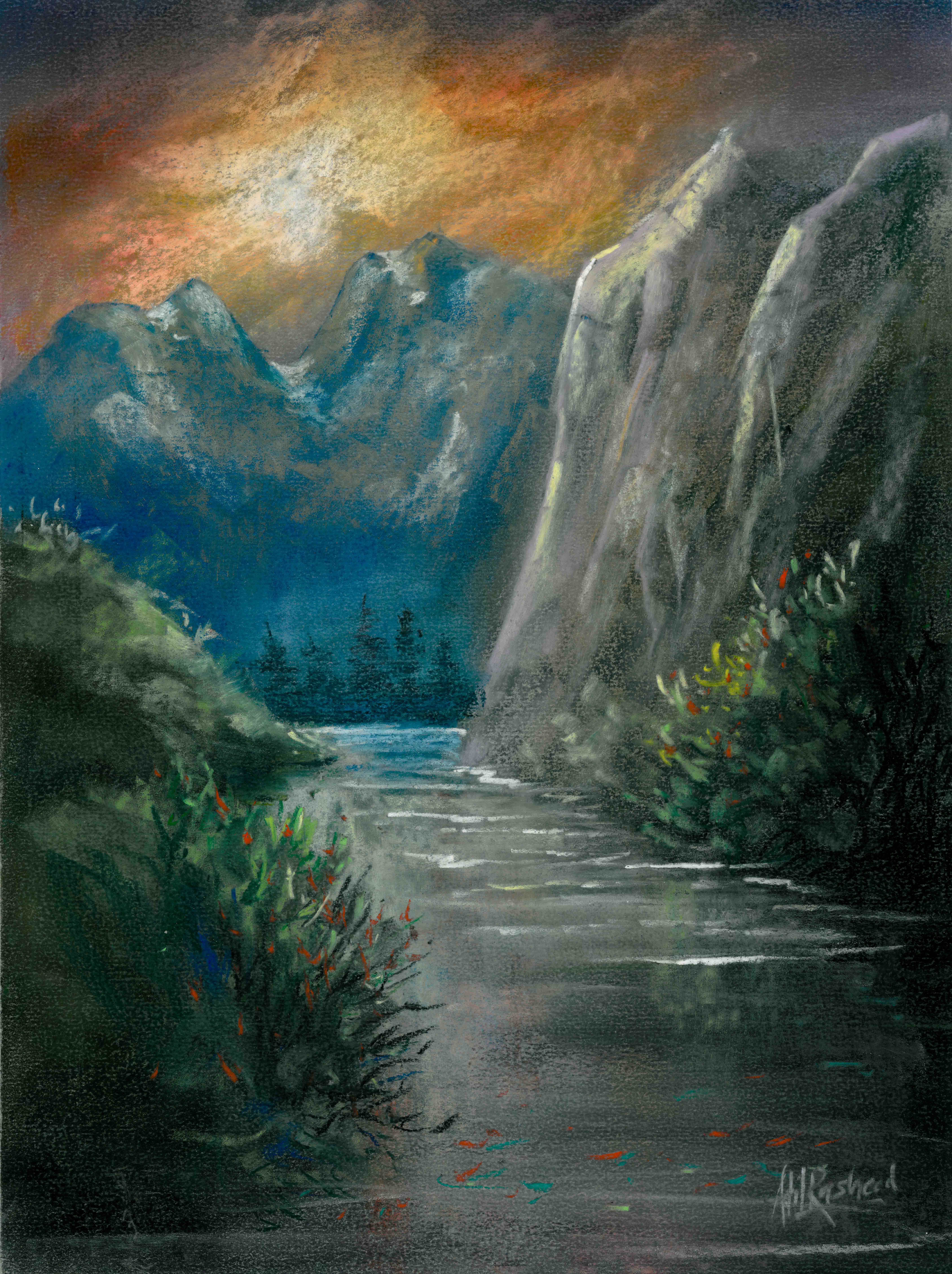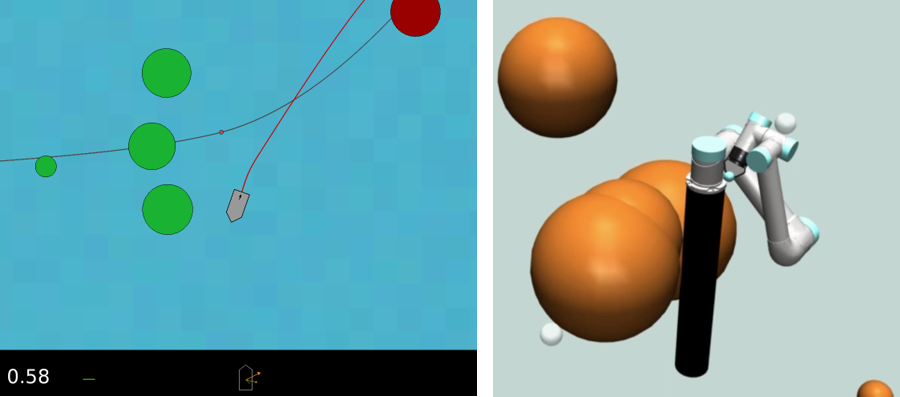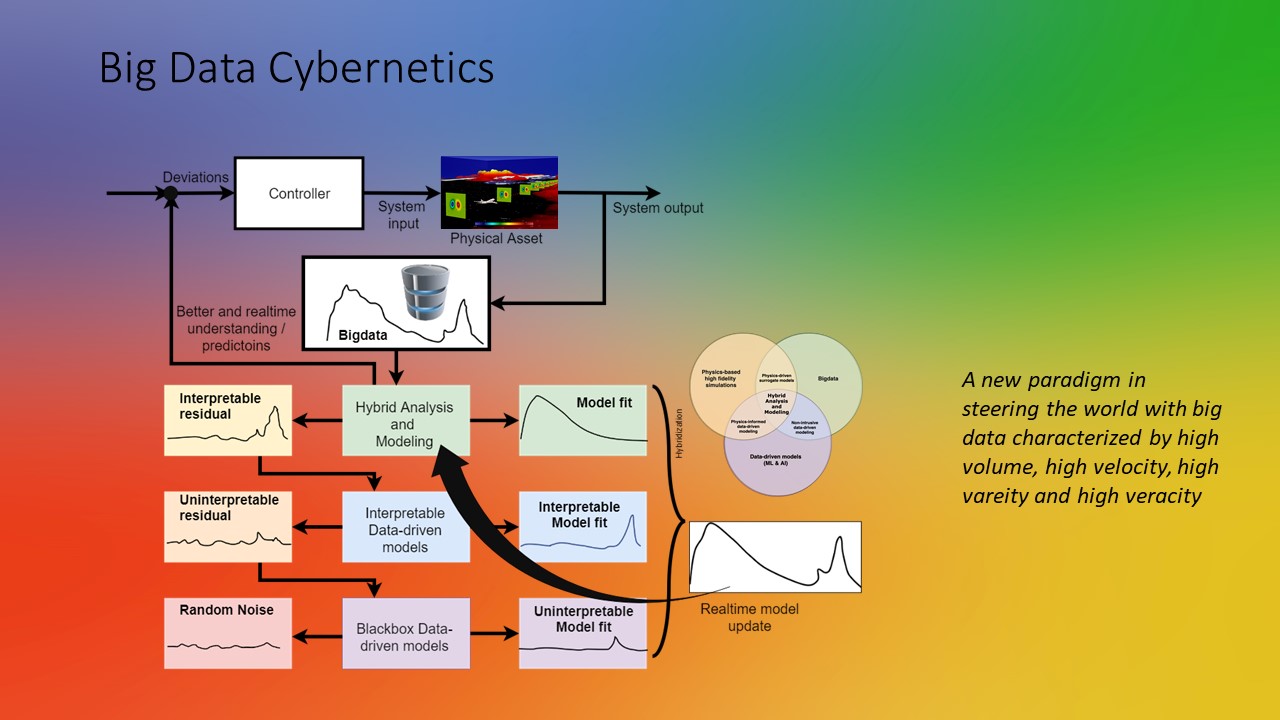Autosit, WP Manager and PhD supervision 12MNOK, 2019-2022
Client: RCN, Kongsberg, DNV GL, Marine Robotics
Theme: Autonomous Ship
Lofoten Airport Citing, Investigator,2018-2019
Client: Avinor AS
Citing of a new airport in the Lofoten region
Research partners:KVT, MET
SOLA Building Design, Researcher, 2018-2020
Client: Sømmvågen III AS
Building design optimization
ATB, Initiator and Researcher, 2018-2020
Client: Norwegian Research Council HELSEVEL
Aerial Transport of Biological materials between hospitals
Research partners:FFI, OUS, MET
DIGMOB, Researcher, 2018-2020
Client: Norwegian Research Council TRANSPORT 2025
Digitalization and mobility: Smart and sustainable transport in urban agglomerations
Research partners:TØI
Hybrid Analytics, Project Manager, 2MNOK, 2018
Client: SINTEF Digital
Combining physics based modeling with machine learning algorithms
POP-SEP MLFunc, Researcher, 150kNOK, 2017
Client: SINTEF
Predicting the thermoelectric behavior of new chemical molecules using Machine Learning
E8, Proposal Writing, 100kNOK, 2017
Client: Statens Vegvesen, Towards Designing Intelligent Transport Solution
BIGLEARN, Project Manager, 600kNOK, 2017
Client: SINTEF
Serving as one of the four core members of the BIGLEARN initiative within SINTEF designing a roadmap geared towards digitization.
AI-CLIMAMOB, Researcher, 350kNOK, 2017
Client: TØI
Quantify the impact of climate on urban mobility and develop Machine Learning Algorithms to predict number of pedestrians and vehicles on a stretch of road at an instant of time.
ANALYTICS TECHNOLOGY WATCH, Project Manager, 1mNOK, 2017
Client: Kongsberg
Help the client improve and use their Artificial Intelligence and Machine Learning technology platform as a competitive edge in the new age of digitization and design its future value propositions.
ESUSHI, Quality Assurance, 200kNOK, 2016
Client: SINTEF ICT
Analysis of the complicated relationship between meteorological data, oceanographic biomarkers (algae, planktons etc.) and fish catch reports (species caught, equipment used etc.)
E3WDM, Quality Assurance, 300kNOK, 2017
Clustering of time series based on graph weighted by correlation revealing underlying structure. Automatic anomaly detection in sensor data
OPWIND, Work Package Manager, 7mNOK, 2017-2020
Client: Norwegian Research Council, Statoil and Vattenfall
Research Partners: SINTEF Energy, SINTEF DIGITAL, Norwegian Meteorological Institute, NTNU
International Partners: NREL, DTU
Research Area: Real time control system for wind farms, Aerodynamics, Reduced Order Modelling
E39, Task Manager, 600kNOK, Jan 2017-
Client: Norwegian Meteorological Institute, Vegvesen
Research partners: Wind in complex terrain and fjord relevant for bridge designs and road transport.
FSI-WT (Fluid Structure Interaction for Wind Turbine), Work Package Manager
20mNOK, 2012-2016 (www.fsi-wt.no)
Client: Norwegian Research Council, Statoil, Trønderenergie, WindSIM, Kjeller Vindteknik
Research Partners: SINTEF ICT, NTNU, FFI, Norwegian Meteorological Institute
Research Area: Fluid Structure Interaction, Aerodynamics, Power Forecasting, Ocean-MET interactions, Wake-terrain-turbine-atmosphere interaction modelling
NOWITECH, Task Manager, 4mNOK, 2009-2017 (www.nowitech.no)
Client: Norwegian Research Council, Statoil, Statkraft, DNV, Dong, CD-ADAPCO
Research Partners: NTNU, SINTEF ICT, SINTEF Energy, MARINTEK, IFE
Research Area: Numerical Methods for Wind Energy, Isogeometric Analysis, Computational Fluid Dynamics, New turbine concepts
URBASIM, Project Manager, 1.5mNOK, Jan-Dec 2016
Client: Norwegian Research Council
Research Area: Wind Energy in an Urban context, Building refurbishment, Air conditioning, Urban Geometry Modelling, Aerodynamic Buildings, 3D printing and scanning, Urban Climatology
DRIFT TURBULENS, Project Manager, 12mNOK, 2010 – (www.ippc.no)
Client: Norwegian Meteorological Institute & Avinor
Research Area: Aviation, Atmospheric turbulence, Microscale wind and turbulence prediction system
SOLA Special Analysis, Project Manager, 600kNOK, Nov 2016 –
Client: Sømmvågen III AS
Research Area: Building induced turbulence, Aerodynamic buildings, Architecture
EXTBUILDFLOW, Project Manager, 1.5mNOK, Jan-Dec 2015
Client: Norwegian Research Council
Research Area: Urban Geometry Modelling, Computational Fluid Dynamics, Turbulence Modelling
NEST: Thermal Heat Storage, Quality Assurer, 500kNOK, 2014-2015
Client: NEST
Research Area: Thermal heat storage, thermal stresses induced fracture modeling, design optimization
SESAR (Single European Sky Air traffic management Research), Researcher, 12mNOK, 2010-2016
Client: Euro Control
Research Area: Aircraft wakes, Aviation Safety, Vortex Particle Method
Avinor FoU, Project Manager, 5.2mNOK, 2010-2013
Client: Avinor
Research area: Aviation safety, Atmospheric Turbulence Modelling
BUILDSIM, Project Manager, 275kNOK, Jan-March 2015
Client: FG Eiendom
DAEDALUS, Task Manager, 275kNOK, Jan-Dec 2015
Client: European Space Agency
Research partners: Satavia, Catapult, Avinor ANS, NCAR, UiO
Research area: Atmospheric turbulence, Sensor integration in aircraft
Bodø Special Analysis, Project Manager, 200kNOK, Feb-March 2016
Gimsøya Airport Siting, Project Manager, 300kNOK, Nov 2015-Dec 2016
Sandane Special Analysis, Project Manager, 150kNOK, Dec 2016-
Ørsta Volda Special Analysis, Project Manager, 150kNOK, Dec 2016-
Sola Special Analysis, Project Manager, 300kNOK, Jan-Dec 2015
Flesland Harbour Analysis, Project Manager, 250kNOK, June-Sep 2010
Faroe Island Airport Siting, Project Manager, 250kNOK, 2010-2010
Stokka Airport runway siting, Project Manager, 150kNOK
Kjevik Speial Analysis, Project Manager, 150kNOK
Alta Special Analysis, Project Manager, 150kNOK
Haugesund Special Analysis, Project Manager, 150kNOK




